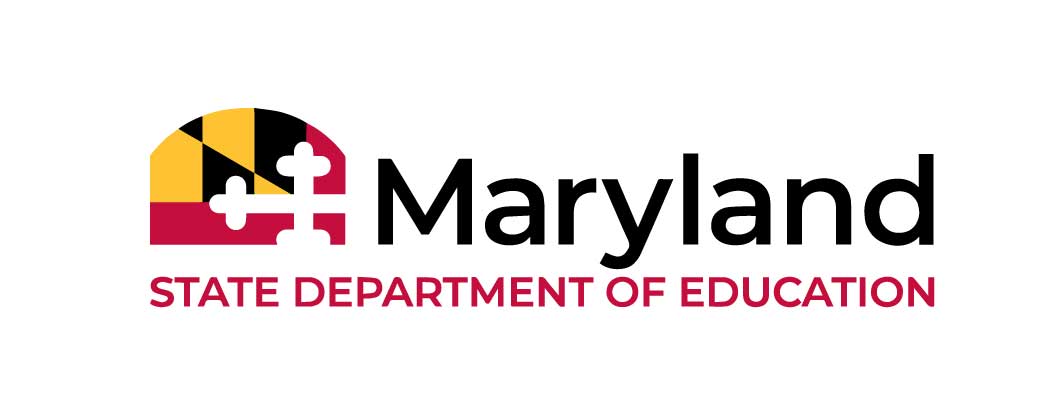Language and Communication Videos

Children learn language through interaction with their families and other people in their environments. This process begins at (or even before) birth and continues throughout the child’s life. For children who are Deaf or hard of hearing, the language of the family and community may not be readily accessible. Families may need to consider other options to ensure that their children receive the input they need to develop age-appropriate language skills, which provide a foundation for relationships, cognitive development, and success in school.
Deaf and hard-of-hearing children (and adults) may access language visually, auditorily, or both, depending on their hearing status, their preference, the situation, and other factors.
- American Sign Language (ASL) – a natural language with its own complete and complex vocabulary, syntax, and grammar. ASL is the first language of many Deaf people and hearing children with Deaf parents. ASL users often learn spoken and/or written English as a second language.
- Cued Speech – a system of handshapes and placements that combined with the mouth movements of speech make the phonemes (speech sounds) visible. Cueing can be used with many different spoken languages.
- Listening and spoken language – the use of amplification (hearing aids and/or cochlear implants) and other strategies to access the spoken language of the home. Intervention techniques are used to help children learn to make sense of what they hear and produce speech.
Families may want to consult with early interventionists, educators, medical professionals, Deaf adults, and others to decide what option(s) are best for their child and their family. As the child develops, their needs and choices may change.
Whatever option(s) a family chooses, parents/other family members may need to learn new skills! The Loan Bank provides resources to help the family learn the language or communication method(s) they have selected.
Available from the Loan Bank (complete this application. Materials will be sent to you for an initial loan period of one month. Loans may be extended on request, based on availability.)
- Pathways to Learning and Communication – an overview of language and communication options for families
- Signing Times Series 1 and Series 2 – Learn ASL vocabulary presented in a child-friendly format. Multiple DVDs on a wide variety of topics available – indicate desired selection on the application
- Signing Time Sentences – Learn to combine signs into sentences using ASL structure and grammar.
- Fingerspelling: Expressive and Receptive Fluency – Practice producing and understanding fingerspelling, an important component of communicating in ASL and in developing English literacy skills in ASL users.
- Discovering Cued Speech – Learn and practice the handshapes and placements of Cued American English. Includes 2 DVDs with lessons and a workbook.
Available online at no cost for families to access directly:
- LifePrint ASL – Self-paced ASL course with a Deaf instructor – over 100 lessons.
- ASL Connect – Self-paced introduction to ASL developed by Gallaudet University.
- Sign It! – Self-paced online ASL course with 15 lessons currently available and more planned. Available free to families of D/HoH children from birth-three.
- VL2 Parent Toolkit –Downloadable resources and activities for families communicating with their children in ASL
- Cued Speech iBooks -Illustrated children’s stories presented in Cued Speech – downloadable to the iPad.
- John Tracy Clinic Parent Distance Learning – Downloadable courses with videos, handouts, and opportunities to interact with “parent advisors”. Focused on developing listening and spoken language skills in children from birth through age 5. Available in English and Spanish.
- Fundamentals of Listening and Spoken Language – Series of courses including recorded resources, handouts, and interactive sessions designed for families and professionals to learn strategies for supporting listening and spoken language development in young children.
The Division of Special Education is committed to supporting families to make informed choices for their children. Inclusion of resources in the Maryland Hearing Aid and Language & Communication Loan Bank and in this listing does not reflect an endorsement or recommendation of any particular option, resource, or organization for any individual child or family.
